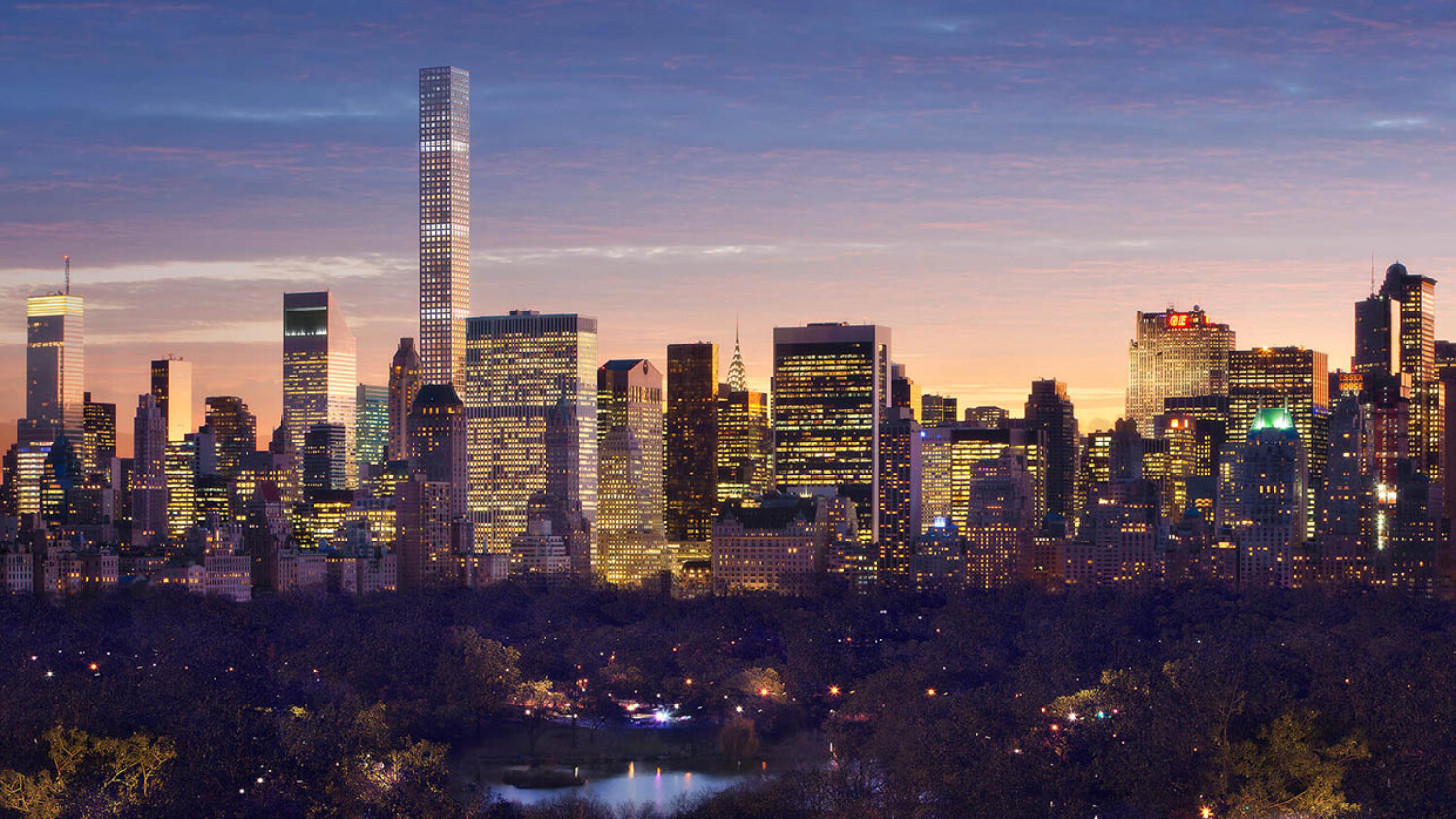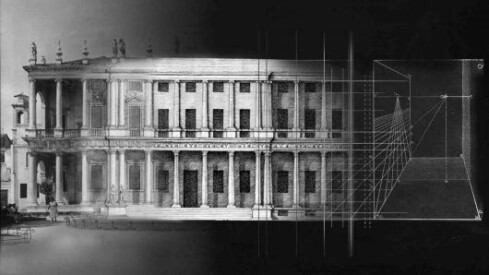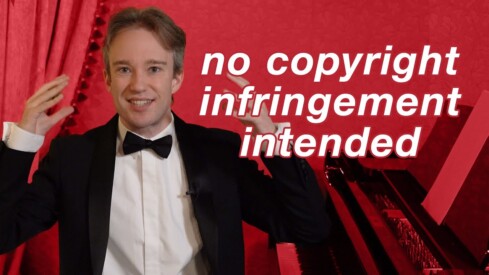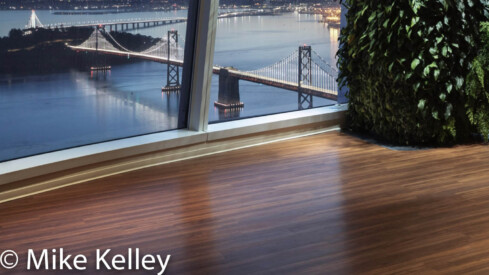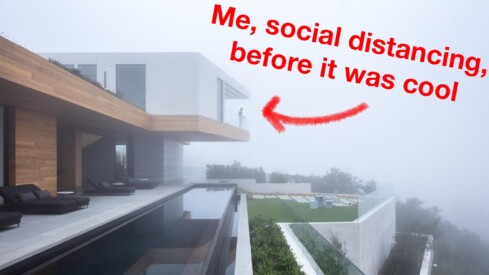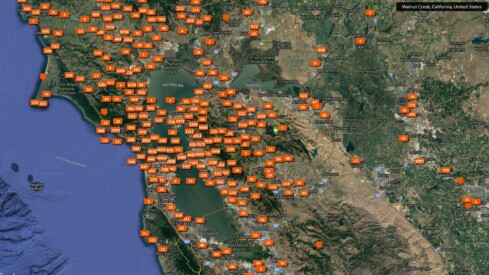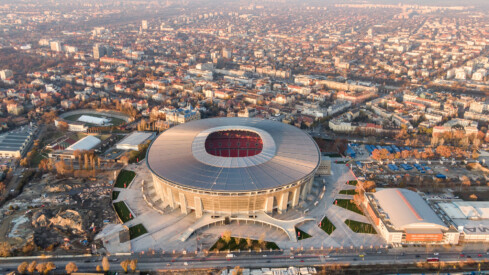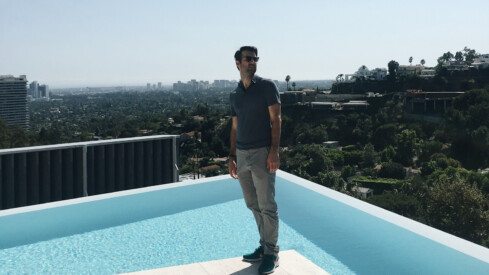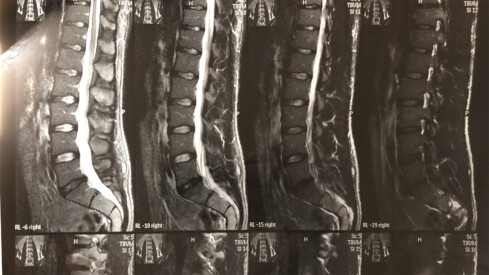How One of the Biggest Names in Photography and Visualization Deals With Attribution and Licensing
DBOX is an international creative communications agency that creates campaigns in the sectors of luxury residential, hospitality, commercial, and cultural property. Specializing in both renders and photography, DBOX is at the top of the global architecture marketing game and were kind enough to sit down for a chat with APA to discuss their inner business workings, their frustrations, and their efforts to remedy an industry-wide scourge.Matthew
